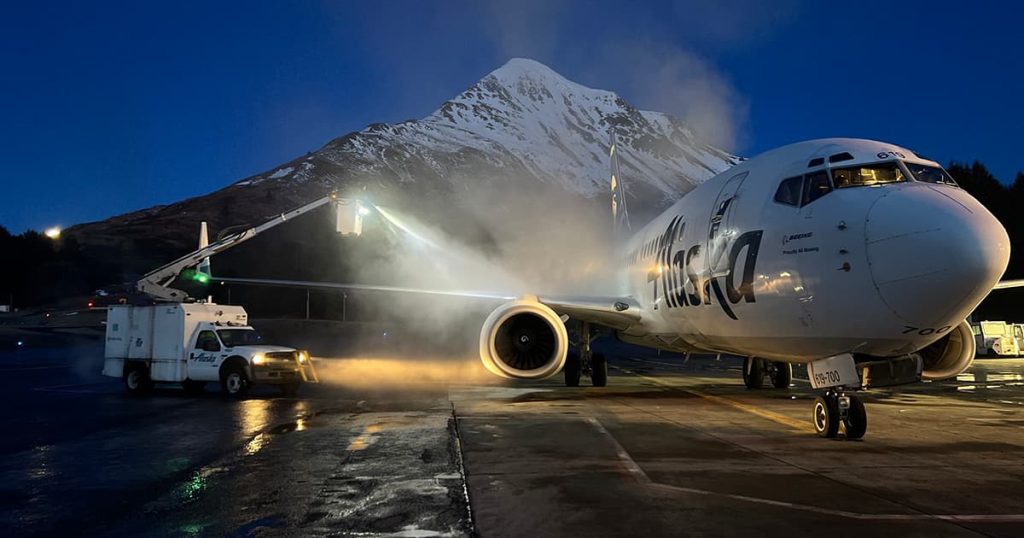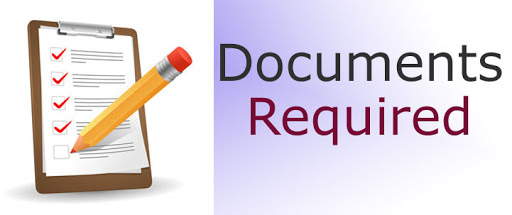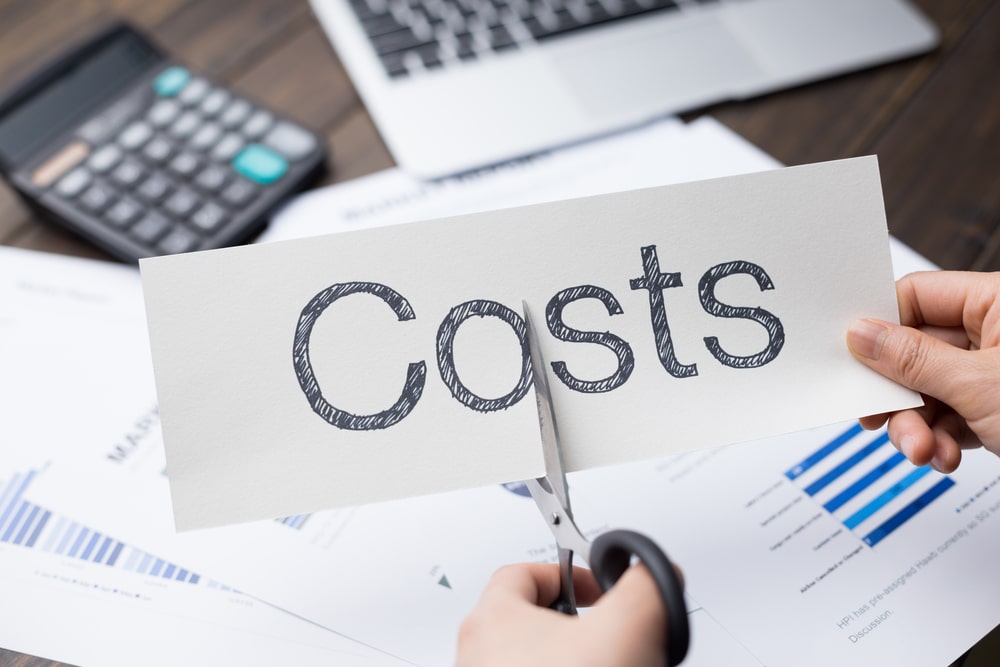- By TOP CHINA FREIGHT
- September 27, 2025
- Air Freight, Shipping
Table of Contents
Air freight from China to Philippines has become one of the most reliable shipping methods for businesses seeking speed and efficiency. With strong trade connections and increasing demand for fast delivery, importers and exporters must understand the costs, timelines, and strategies behind successful shipments. This guide will explain rates, transit options, customs requirements, and practical techniques to optimize your logistics.

What makes air freight from China to Philippines popular?
Air freight from China to Philippines is favored because of its speed, reliability, and convenience. While sea freight may be cheaper for bulk shipments, air transport allows businesses to meet urgent delivery schedules, reduce stockouts, and serve just-in-time supply chains. Moreover, the geographic closeness between China and the Philippines allows for frequent flights with shorter transit times.
Additionally, air freight reduces risks of damage, making it ideal for electronics, pharmaceuticals, and high-value goods. For e-commerce sellers who need fast restocking, this method is a game-changer.
How much does air freight from China to Philippines cost?

Air freight costs vary depending on cargo weight, volume, airline, and urgency. Rates are usually charged per kilogram, but for bulky cargo, volumetric weight is considered.
| Shipment Type | Average Cost (USD/KG) | Transit Time | Best For |
|---|---|---|---|
| Standard Air Freight | $4 – $7 | 3 – 6 days | General cargo, medium urgency |
| Express Air Freight | $6 – $10 | 1 – 3 days | Urgent shipments, e-commerce |
| Consolidated Air Freight | $3 – $5 | 5 – 8 days | Small shipments, cost-saving |
Therefore, while express services guarantee the fastest deliveries, many importers choose consolidated air freight to balance speed and cost.
What is the transit time for air freight from China to Philippines?
Transit time depends on origin airport, airline, and customs clearance efficiency. Direct flights between Shanghai, Guangzhou, or Shenzhen to Manila can take as little as one day. However, with customs processing and handling, the total delivery time usually ranges between 3 and 6 days.
| Origin City in China | Destination in Philippines | Estimated Transit Time |
|---|---|---|
| Shanghai | Manila | 3 – 5 days |
| Guangzhou | Cebu | 4 – 6 days |
| Shenzhen | Davao | 4 – 7 days |
Moreover, delays may occur during peak seasons, so planning shipments in advance is essential.
What documents are required for customs clearance?

Customs clearance in the Philippines requires complete and accurate documentation. Missing paperwork often causes delays or penalties.
| Document Type | Purpose |
|---|---|
| Commercial Invoice | Proof of sale, cargo details |
| Packing List | Shipment breakdown by weight/volume |
| Air Waybill | Contract of carriage with airline |
| Import Permit (if needed) | For restricted or regulated goods |
| Certificate of Origin | Verifies product origin for tariffs |
Additionally, certain items like electronics, food, and pharmaceuticals may need special permits from Philippine agencies. Therefore, working with an experienced freight forwarder can save time and prevent costly mistakes.
How do airlines calculate air freight charges?
Airlines charge based on the higher of actual weight or volumetric weight. Volumetric weight ensures that bulky but light cargo pays fair space usage fees.
Formula:
Volumetric Weight (kg) = Length (cm) × Width (cm) × Height (cm) ÷ 6000
For example, a box measuring 120 × 80 × 60 cm weighs 30 kg but has a volumetric weight of 96 kg. Therefore, the airline will charge based on 96 kg.
What are the pros and cons of air freight compared to sea freight?
| Factor | Air Freight | Sea Freight |
|---|---|---|
| Speed | 1 – 7 days | 15 – 30 days |
| Cost | Higher per kg | Lower for bulk shipments |
| Reliability | Less affected by weather delays | May face port congestion |
| Cargo Type | High-value, urgent, perishable | Heavy machinery, bulk goods |
| Flexibility | Frequent flights available | Fewer sailings per week |
Thus, businesses often choose a mix of both methods depending on urgency and cargo type.
When should you choose air freight from China to Philippines?
Air freight is best when:
- Cargo is high-value or fragile.
- Shipments must meet urgent deadlines.
- Inventory must be replenished quickly.
- Seasonal demand requires fast response.
- Shipment size is below 500 kg (cost-effective threshold).
What challenges exist in air freight logistics?
While fast and reliable, air freight comes with challenges:
- Higher cost per kg compared to sea freight.
- Limited cargo space during peak seasons.
- Customs delays due to incomplete paperwork.
- Restrictions on hazardous goods like batteries and chemicals.
However, with proper planning and cooperation with a freight forwarder, these risks can be minimized.
Case study: Electronics shipment from Shenzhen to Manila

A Filipino retailer needed 400 kg of smartphones delivered urgently from Shenzhen to Manila before a product launch. Choosing air freight instead of sea freight cut delivery time from 20 days to 4 days. Although the cost was higher at $6/kg, the retailer avoided lost sales worth thousands of dollars.
This case shows how air freight supports business continuity and customer satisfaction when speed matters.
How can businesses reduce air freight costs?

Several strategies can help minimize expenses:
- Consolidating multiple small shipments.
- Booking early to secure lower rates.
- Using nearby airports with cheaper handling fees.
- Negotiating long-term contracts with forwarders.
- Avoiding peak seasons when rates increase.
Therefore, careful planning ensures competitive rates without compromising on speed.
What future trends affect air freight from China to Philippines?
Air freight trends include:
- Rising demand from e-commerce platforms.
- More direct flight routes between Chinese and Philippine cities.
- Stricter environmental regulations pushing for greener logistics.
- Advanced tracking technologies improving visibility.
These changes indicate that air freight will remain essential for businesses needing fast and secure trade routes.
Conclusion
Air freight from China to Philippines is the fastest and most reliable option for businesses dealing with urgent and high-value shipments. While costs are higher than sea freight, the benefits of speed, reduced risk, and supply chain efficiency outweigh the expenses for many importers. Understanding cost calculations, transit times, and customs requirements ensures smooth operations and prevents delays. For companies seeking growth and timely deliveries, choosing air freight remains a strategic decision.
Need a Shipping Quote?
If you want expert guidance and peace of mind, our team is ready to assist.
TJ China Freight offers tailored solutions to help businesses of all sizes ship more reliably from China.

FAQ
Q1:What goods are best shipped by air from China to Philippines?
High-value, fragile, or urgent goods such as electronics, pharmaceuticals, and fashion items are best shipped by air to ensure speed and safety.
Q2:Are there restrictions on what can be sent by air freight?
Yes. Hazardous materials like lithium batteries, chemicals, and aerosols may be restricted or require special permits. Always confirm before shipping.
Q3:How do I avoid customs delays in the Philippines?
Ensure all documents such as invoices, packing lists, and permits are complete and accurate. Using a freight forwarder helps streamline clearance.
Q4:Can small businesses afford air freight services?
Ensure all documents such as invoices, packing lists, and permits are complete and accurate. Using a freight forwarder helps streamline clearance.
Q5:Can small businesses afford air freight services?
Yes. Many forwarders offer consolidated air freight, allowing small businesses to share cargo space and reduce costs while still enjoying speed.
